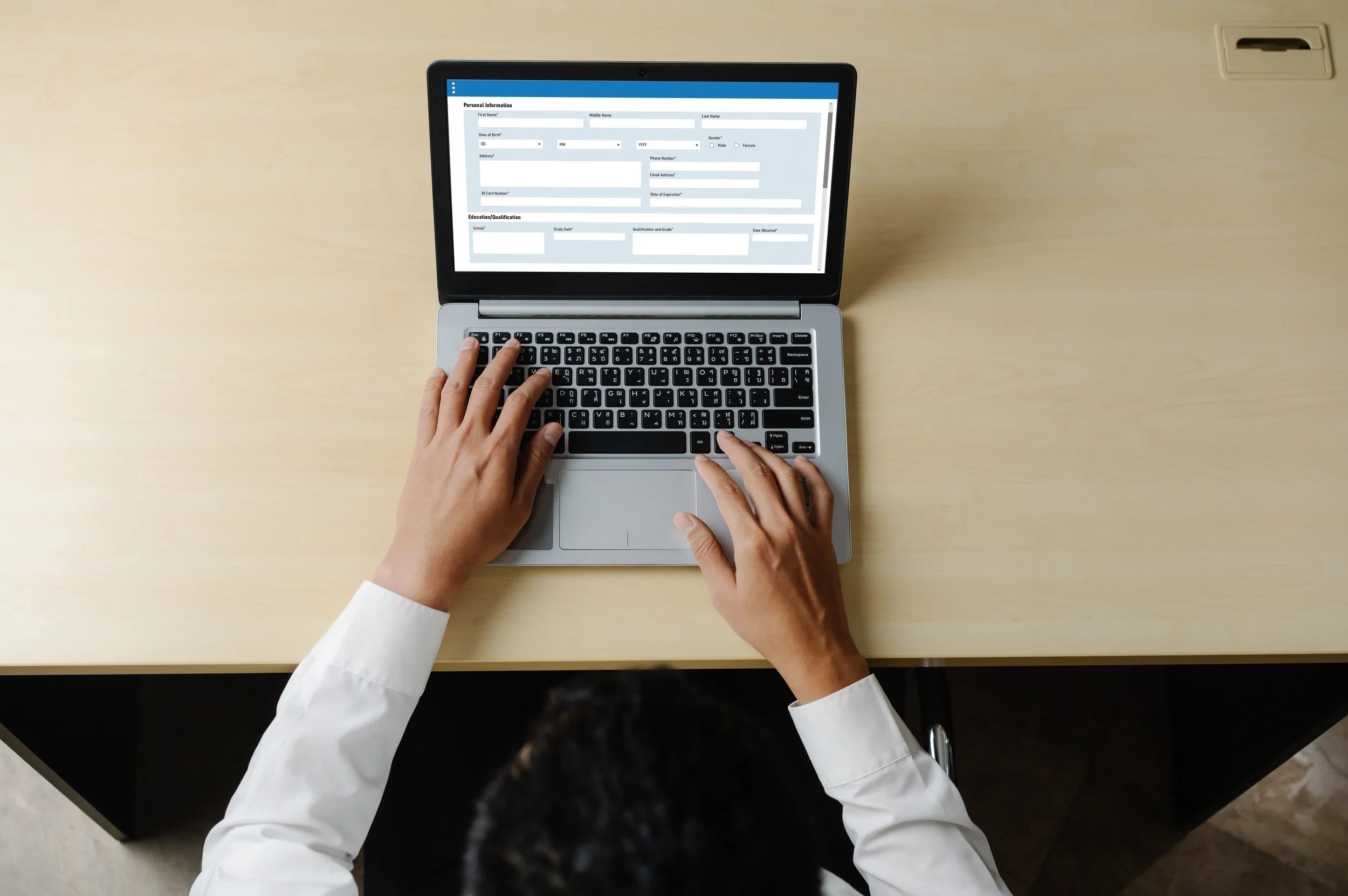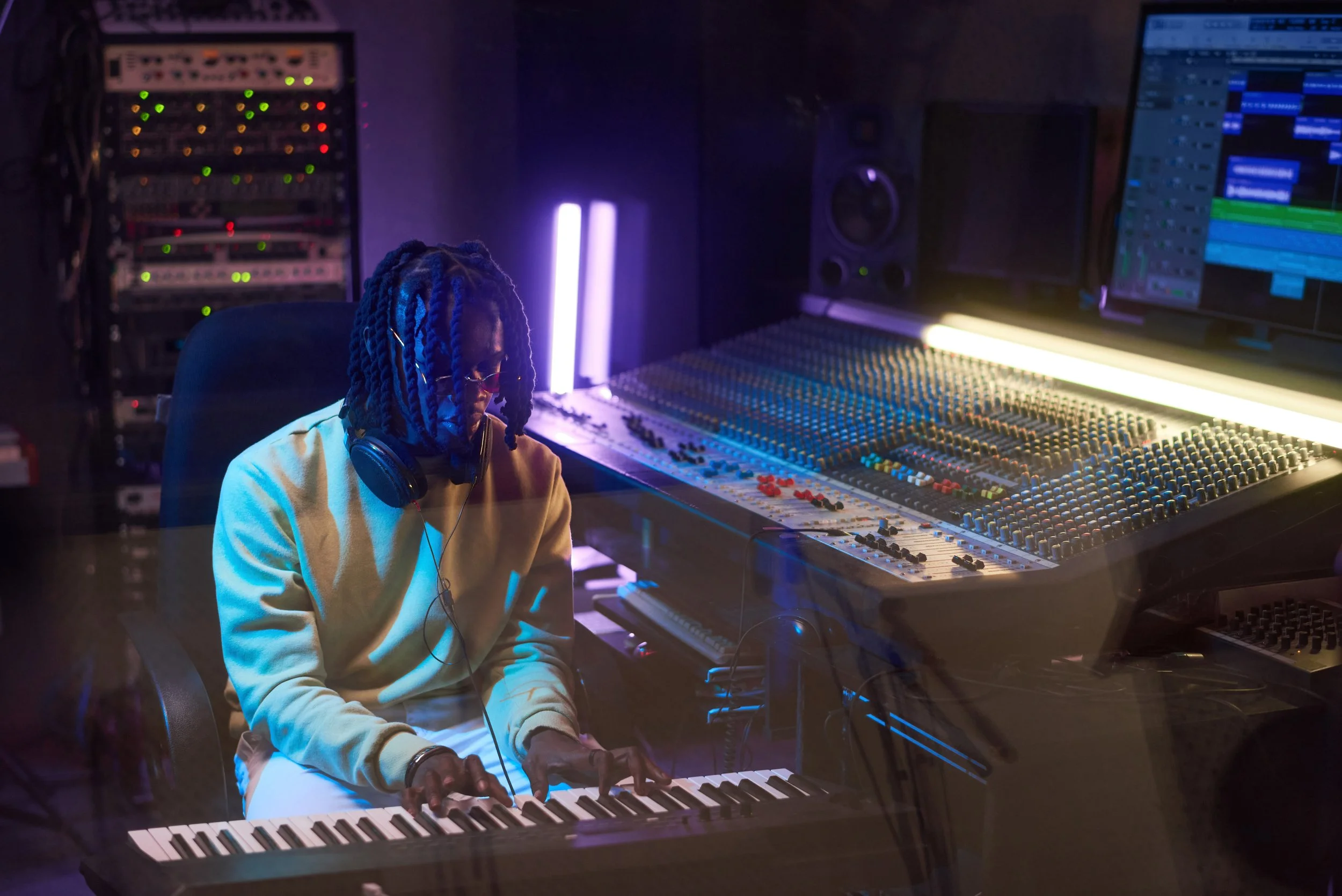Publishing Deals Explained (Part 1)
Publishing is one of the most complicated and confusing parts of the music business. Even the most experienced music experts have trouble understanding how it works. So let's take it step by step. Publishing is the collection and payments of royalties whenever a song is used. A publisher ensures that royalties are collected across the industry on your behalf.
Before jumping into the deep end of music publishing, it’s important to start with the basics. There are two distinct copyrights for every track - the composition and the sound recording. The composition, also known as musical work, refers to the underlying musical element, such as melodies, harmonies, structure, and composition that may or may not include lyrics. The composition copyright is usually owned by the original composer and songwriter of the track. The sound recording, also known as the master rights or the master, is the owner of the original sound recording, which is the expression of the underlying composition. This is the final song that listeners stream on their favorite music platform such as Apple Music, Spotify, Tidal, etc.
Now that we have an understanding of the two copyrights, it's essential to know how the song gets split between its contributors. This is particularly important when it comes to the release of the final song so that everyone is compensated and credited for the portions they created. Now, this is where the copyright information we just went over comes into play. A song is split into two main portions. 50% goes to the composition portion and the other 50% goes to the master portion.
When we single out the composition portion, it becomes its own 100% which is then split into two. The producer/beatmaker share is the instrumental part of the overall composition and is 50% of the publishing copyright. If the instrumental is produced by multiple producers, they are then responsible to split that 50% amongst each other. The songwriter/artist share is for the lyrics written and performed on the overall composition, which is the other 50% of the publishing copyright. If there are other artists and/or songwriters on one song, they're responsible for splitting that 50%.
When we single out the master portion, it becomes its own 100%, very similar to the composition portion. 100% of the master is also split into two, but the percentages are different and tend to lean in favor of the artist and the record label. The producer’s share of the sound recording is usually 2-3%, or also known as 2 to 3 points on the master rights. This is pretty standard for most producers across the board, but can be negotiated at a higher percentage under the right circumstances. There are only a handful of situations where a producer can ask for more points. Usually an established producer, a producer who has executive produced an entire album, or a producer with an amazing negotiation team can do this. The other 97% of that master is then split between the main artist and their record label. Their percentages may vary, but are usually determined when the artist signs to that label.
It’s already a lot of information, but we've only just scratched the surface. This is part one of a three part publishing breakdown - you can check out part two right here!










